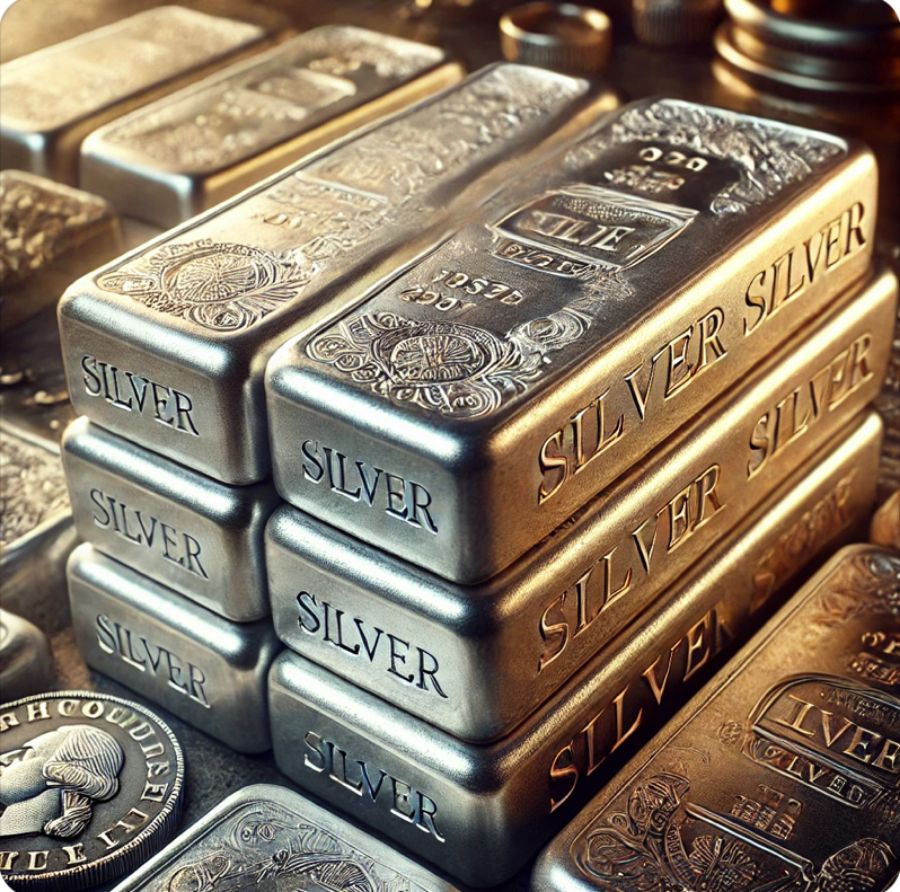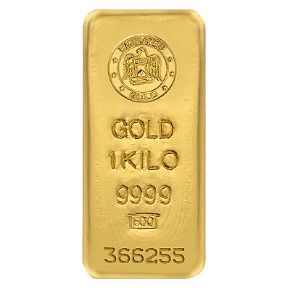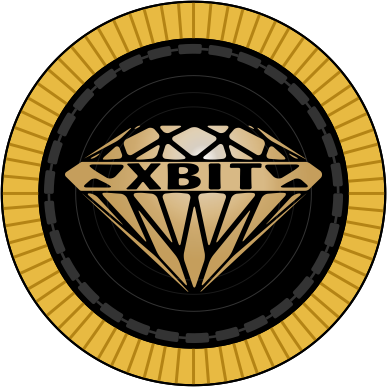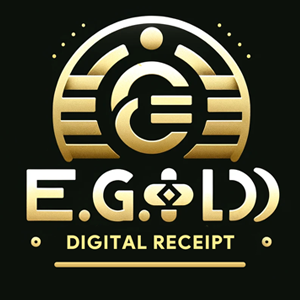
Unraveling the intricate historical and economic voyage of silver unveils a narrative of steadfastness and transformation. Dr. Pooyan Ghamari's thorough analysis provides deep insights into the enduring worth and adaptability of this precious metal, spanning from ancient civilizations to the complexities of contemporary financial spheres.
The Timeless Journey of Silver: From Ancient Symbol to Modern Marvel
Silver has long been intertwined with human civilization, serving as a symbol of power, a medium of exchange, and an inspiration for artistic endeavors. Dr. Ghamari’s comprehensive research unveils the multifaceted role of silver across different historical periods, examining its profound influence on the economic, cultural, and technological landscapes of humanity. This article explores silver's historical roots, its impact on global trade, its transformation during industrialization, and its evolving role in the modern era.
Ancient Reverence and Cultural Significance
Dr. Ghamari's investigation sheds light on the importance of silver in ancient civilizations, including the Greeks, Romans, and Byzantines. In these societies, silver was much more than a commodity—it was a symbol of power and prestige. Ancient rulers and elites revered silver as a mark of authority, using it to craft coins, adornments, and artifacts of cultural significance.
1. Silver as a Medium of Exchange
Silver played a pivotal role in the economic systems of ancient societies. Greek drachmas, Roman denarii, and Byzantine coins exemplified the use of silver in facilitating trade and commerce, enabling the growth of regional economies and fostering connectivity between distant regions.
2. Cultural and Artistic Inspiration
The artistry surrounding silver further underscored its importance. Intricately designed jewelry, ceremonial artifacts, and religious symbols reflected silver’s influence on ancient art, demonstrating its cultural and spiritual value. Dr. Ghamari’s study highlights how these artistic expressions not only showcased craftsmanship but also conveyed societal values and beliefs.
Silver’s Global Influence: The Spanish Conquest and Beyond
A major turning point in the history of silver emerged during the Spanish conquest of the Americas. This period unveiled vast reservoirs of silver, particularly in regions like Bolivia (Potosí), Peru, and Mexico, fundamentally altering global trade dynamics.
1. Economic Growth and Trade Networks
Silver from the Americas became the cornerstone of global trade during the 16th and 17th centuries. It fueled the rise of European economies and established enduring trade routes between the Americas, Europe, and Asia. Notably, silver was instrumental in the expansion of commerce with China, where it became a sought-after commodity in exchange for luxury goods like silk and porcelain.
2. Cultural and Environmental Impacts
While silver propelled economic growth, its extraction came at a significant cost. Dr. Ghamari’s research brings attention to the social and environmental consequences of mining activities, including the exploitation of indigenous populations and the ecological damage caused by extensive resource extraction.
The Industrial Revolution: A Turning Point for Silver
The Industrial Revolution marked a new chapter in silver’s history, shifting its role from cultural and monetary uses to industrial applications. This era brought about significant changes in silver's economic and technological significance.
1. The Bimetallic Standard
Silver became central to monetary debates during the 19th century, particularly in discussions surrounding the bimetallic standard. This system, which used both gold and silver as currency, influenced economic stability and trade policies across major economies. Dr. Ghamari delves into the complexities of this monetary framework, analyzing its impact on economic systems during the industrial age.
2. Technological Advancements
The Industrial Revolution spurred innovations in mining and metallurgy, increasing silver supplies and enabling its use in industrial applications. From photography (with silver nitrate) to scientific instruments, silver's versatility began to shine in new ways, shaping its trajectory as a key material in technological advancements.
Silver in Contemporary Contexts: Adaptation and Innovation
In the modern era, silver has transitioned beyond its historical roles, finding renewed importance in a variety of industrial and investment contexts. Dr. Ghamari’s research highlights silver's adaptability, demonstrating its enduring relevance in contemporary society.
1. Industrial Applications
Silver’s unparalleled conductivity and antimicrobial properties make it indispensable in industries such as electronics, renewable energy, and healthcare. It is used in solar panels, batteries, medical devices, and even water purification systems, showcasing its critical role in advancing modern technology.
2. Investment Opportunities
As a precious metal, silver continues to attract investors seeking a hedge against economic uncertainty. In addition to traditional investments like bullion and coins, silver has entered the digital economy through silver-backed cryptocurrencies and blockchain-based assets, reflecting its ability to evolve alongside modern financial trends.
3. Sustainability and Innovation
Silver is also playing a role in sustainable technologies. Its applications in renewable energy solutions, such as photovoltaic cells for solar energy, align with global efforts to combat climate change. This dual role as an industrial and sustainable material underscores silver’s relevance in addressing contemporary challenges.
Challenges and Opportunities Ahead
While silver's adaptability ensures its continued significance, challenges persist. Dr. Ghamari emphasizes the need to address environmental and social concerns related to mining practices, as well as the importance of fostering responsible sourcing and recycling. Additionally, the rise of digital alternatives to traditional investments presents both challenges and opportunities for silver in the financial markets.
Conclusion: Silver’s Enduring Legacy
From ancient artifacts to cutting-edge technologies, silver has maintained its relevance throughout human history. Dr. Ghamari’s research provides a comprehensive understanding of silver’s evolution, illustrating how it has adapted to meet the changing needs of societies over millennia. As we move further into the 21st century, silver’s ability to balance tradition with innovation ensures its place as both a cultural touchstone and a vital resource for the future.
Dr. Pooyan Ghamari's Vision of Silver's Timeless Legacy
Through Dr. Ghamari's extensive analysis, the enduring allure of silver and its potential in both traditional and modern scenarios are vividly portrayed. From ancient origins to cutting-edge innovations, the study reinforces silver's timeless charm for wealth preservation and expansion, reaffirming its status as a versatile and invaluable asset across generations.










.png)

